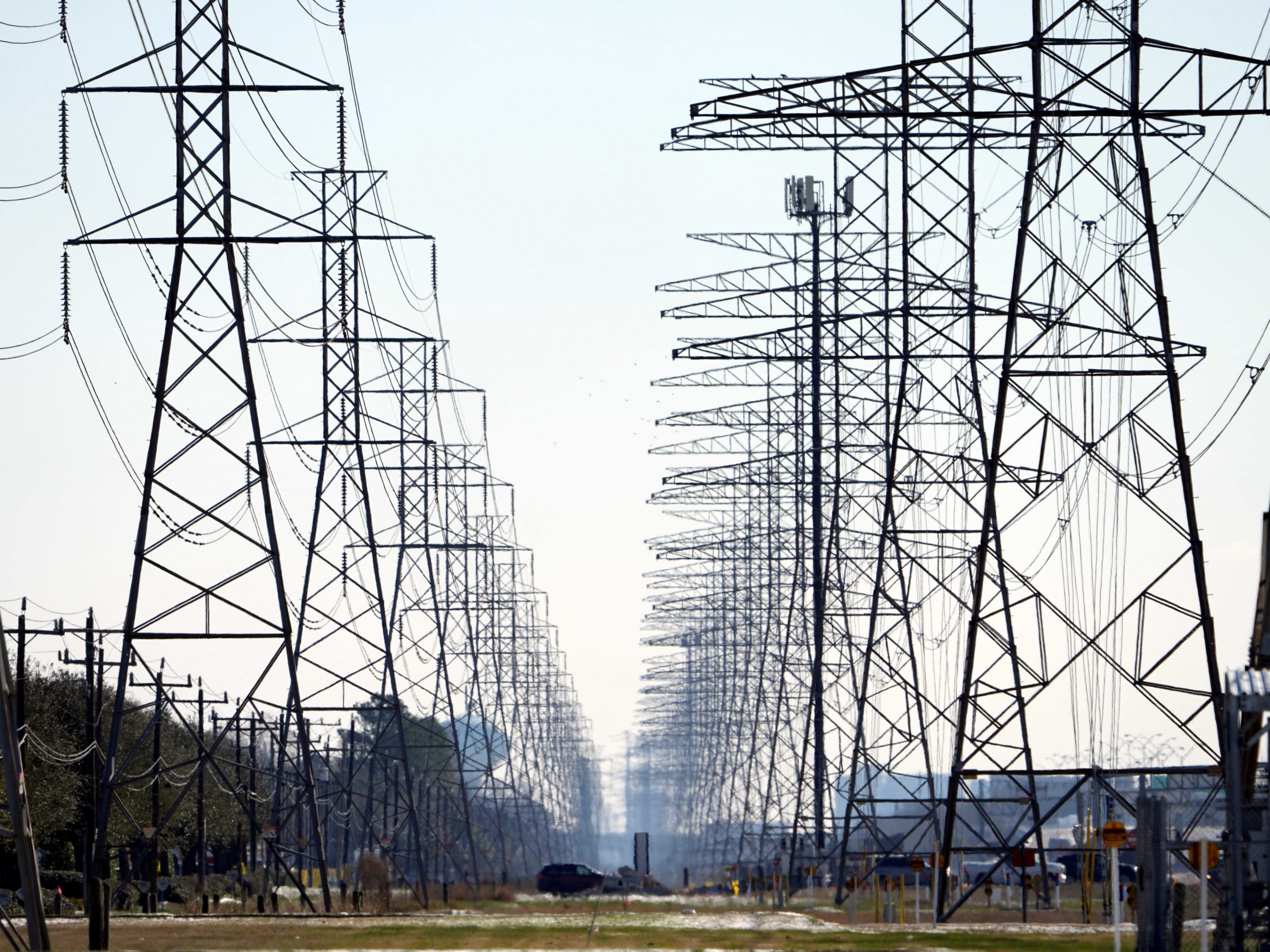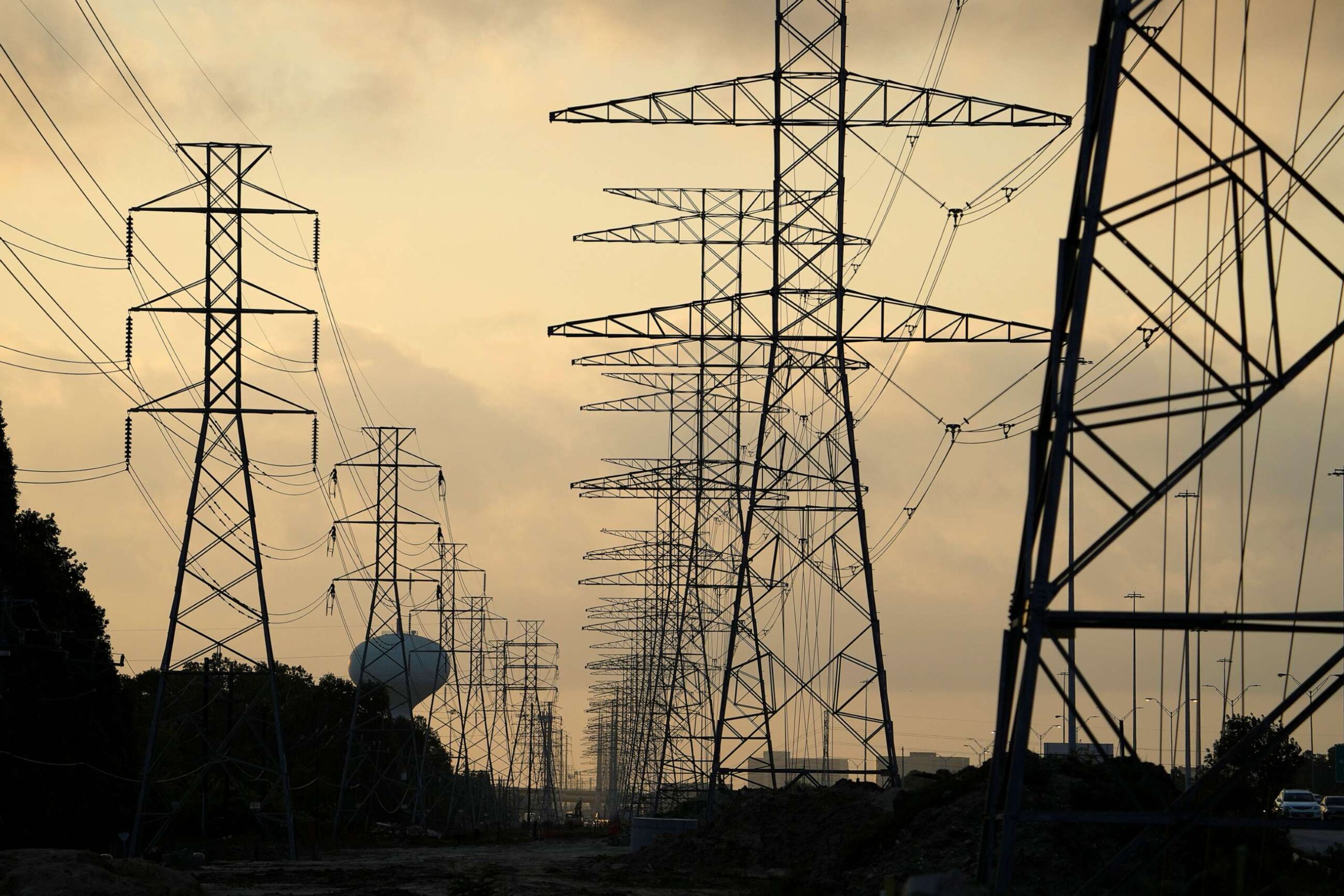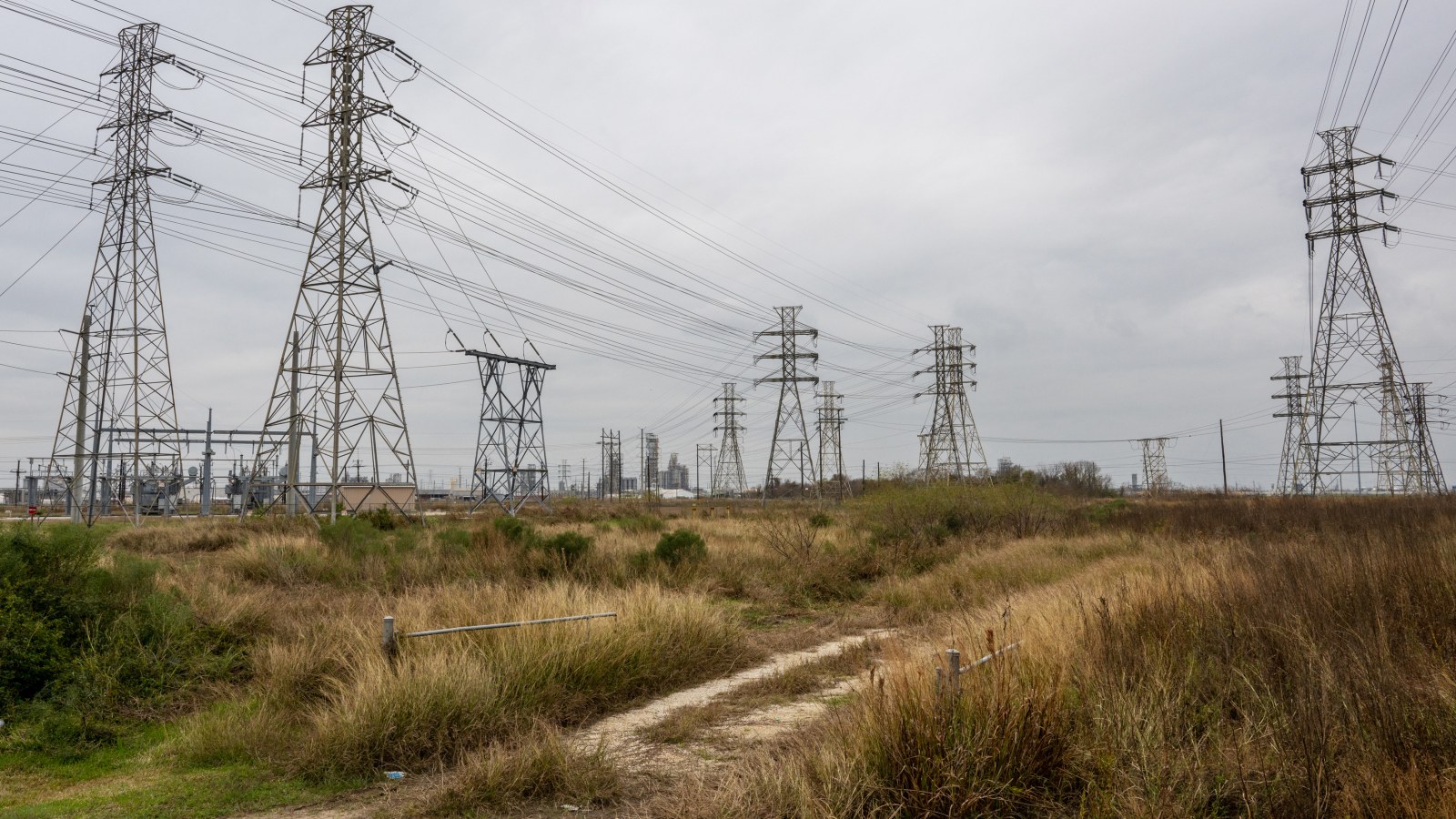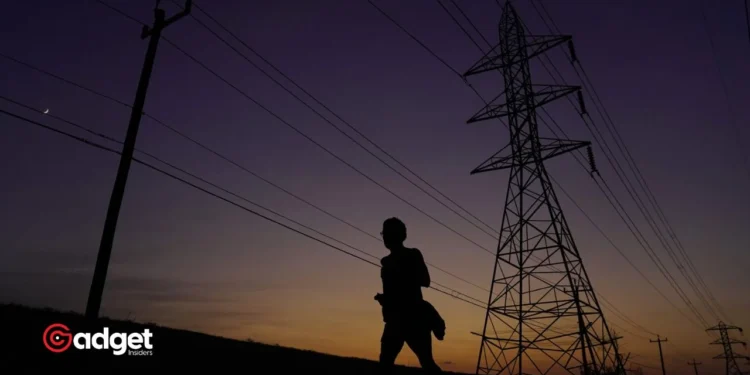The Electric Reliability Council of Texas (ERCOT) is on high alert as forecasts predict scorching temperatures across southern Texas. As the mercury is set to rise well above 90 degrees Fahrenheit this week, ERCOT has issued a vital update, confirming that the Texas power grid is currently stable but will be under significant strain as the heat intensifies.

Starting Tuesday, the heat wave is expected to peak around Wednesday, with temperatures soaring across the southern U.S., from Texas to Florida.
This severe weather phenomenon comes as a stark reminder of the February 2021 crisis when frigid conditions nearly crippled the state’s power grid, highlighting the ongoing challenges of extreme weather on energy systems.
Texas: Grid Stability and Monitoring Efforts
As of Monday, ERCOT reported that the power grid was functioning normally, with demand anticipated to hit 63,000 megawatts, climbing to nearly 68,000 megawatts by Tuesday.
These figures are crucial as they underline the heightened energy consumption due to increased air conditioning use, a necessity to combat the oppressive heat. During a similar heat event last year, demand peaked at a staggering 81,406 megawatts, yet the grid managed to sustain the load.
Can Texas power grid handle #ClimateCrisis alarming 2023 heatwave? Triple-digit days since mid-June.https://t.co/ikZ6sChGKU#HoustonChronicle#TexasTribune#CSPAN #FEMA #FEMA6Regional #WeatherChannel #TVPWorld #FranceNews24 #EuroNews #FaulknerFocus pic.twitter.com/onz8mDdwx7
— Media News Global Voices (@IreportsV) July 19, 2023
An ERCOT spokesperson emphasized the continuous monitoring of the grid’s capacity to handle the expected surge in demand. “The organization will continue to monitor the situation and keep the public informed,” they told Newsweek, ensuring that proactive measures are in place to mitigate any potential disruptions.

Regional Impact and Health Advisories
The National Weather Service (NWS) has issued weather alerts for southern Texas, as the area braces for what is described as a “major” heat impact, particularly near the U.S.-Mexico border. The NWS HeatRisk index, which assesses the forecast risk of heat-related impacts over 24 hours, indicates a “moderate” impact for a large portion of southern Texas as of Monday.
“This level of heat affects most individuals sensitive to heat, especially those without effective cooling and/or adequate hydration,” the NWS HeatRisk warned, noting potential impacts on health systems and heat-sensitive industries.
By Wednesday, the heat is expected to envelop more areas with significant effects, although the severity is predicted to taper off by Friday, offering some respite as minor impacts are anticipated with the arrival of the weekend.

A Call for Preparedness and Vigilance
As Texas confronts another severe heat wave, the resilience of its power grid is again under scrutiny. The lessons learned from past weather-related challenges have undoubtedly shaped the current response strategies, focusing on stability, constant monitoring, and public communication.
Residents are urged to prepare for the heat, emphasizing the importance of staying hydrated, utilizing effective cooling methods, and staying informed through reliable sources like ERCOT and the NWS.
The collective response to these extreme weather events reflects a broader commitment to safeguarding both the physical and infrastructural health of communities throughout Texas.










